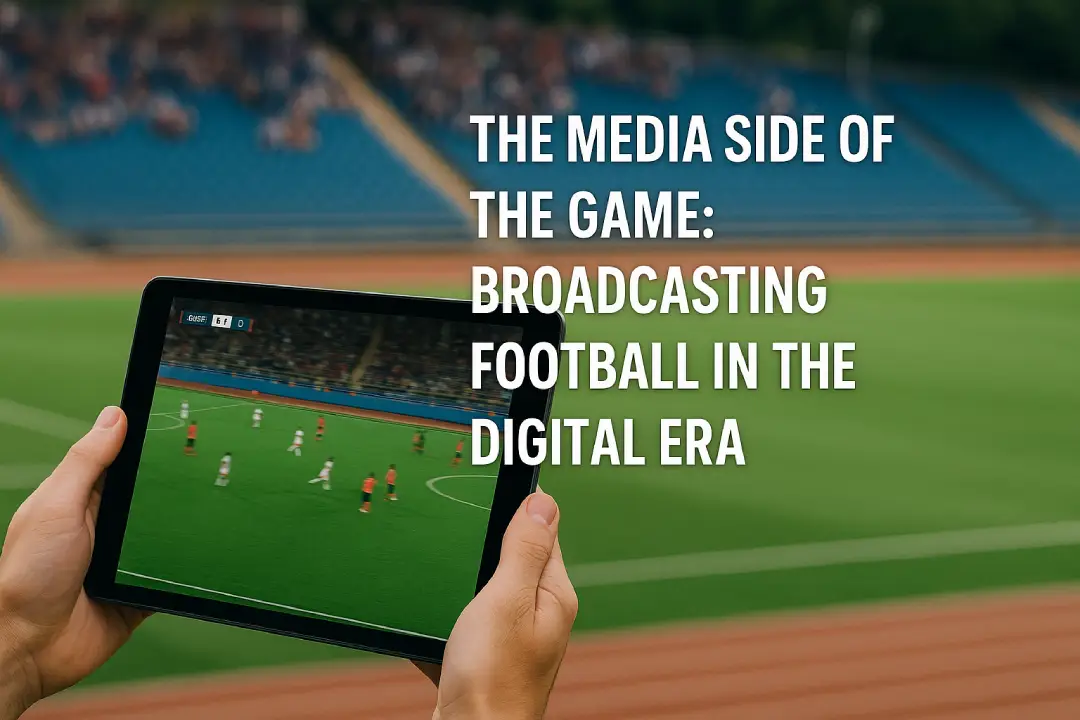
It wasn’t long ago that football fans had to wait for weekly highlights on TV or read match results in the newspaper the next day. But things have changed—dramatically. Today, new technology in football doesn’t just impact what happens on the pitch; it also transforms how we see, hear, and experience the game as fans. The digital era has flipped the switch on football broadcasting, making it more real-time, more immersive, and more personal than ever.
From Television to Multi-Screen Madness
These days, fans rarely sit still in front of one screen. Most people I know—including myself—watch matches while checking live stats, tweeting reactions, or reading tactical breakdowns. The old model of “sit and watch” has turned into an interactive experience. And broadcasters have caught on.
Top networks now offer second-screen features—like multi-camera angles, live heat maps, and even AI-generated commentary clips. I remember watching a Champions League match where I could instantly replay a specific player’s movements with a simple swipe on my tablet. That level of control felt like I was directing my own version of the broadcast.
Streaming: The New Mainstream
Let’s talk about streaming. Whether it’s via YouTube, DAZN, Amazon Prime, or even niche sports platforms, fans can now watch matches anywhere, anytime. This evolution in new technology in football is especially important for younger generations who aren’t tied to traditional cable subscriptions.
A good friend of mine who works overseas watches every single match of his hometown team from his phone, often during his commute. Ten years ago, that kind of access would’ve sounded like a dream. Now, it’s standard.
Augmented Reality and Live Stats
Broadcasters are also starting to experiment with AR overlays and real-time analytics. Imagine watching a match and seeing expected goals (xG), possession zones, and predicted outcomes floating right on the screen. Some platforms even allow fans to choose between “basic” and “data nerd” views, tailoring the feed to different types of audiences.
Personally, I like switching between them depending on who I’m watching with. If I’m with casual fans, we keep it simple. If it’s just me, I go full analytics mode—because yes, I’m that kind of football nerd.
Fan Commentary and Interactive Engagement
One of the coolest trends right now is the rise of fan-driven content. Podcasts, TikTok reactions, and YouTube breakdowns have turned everyday supporters into content creators. Many broadcasters now integrate fan commentary into live streams or post-match shows.
There was a game recently where the “fan of the week” got to do a live halftime recap on the club’s official YouTube channel. It was raw, passionate, and somehow more memorable than the professional analysts. That’s what makes this era so exciting—the lines between media and audience are blurring fast.
Football Is More Than Just 90 Minutes
To wrap it all up, new technology in football is transforming how we watch, share, and talk about the game. The match itself is just one part of a bigger, richer media experience that stretches before kickoff and long after the final whistle.
So if you haven’t explored the full world of football media lately, now’s the perfect time. Whether you want data, drama, or just a different perspective, the digital age has something for everyone. All you need is a screen—and maybe some good Wi-Fi.